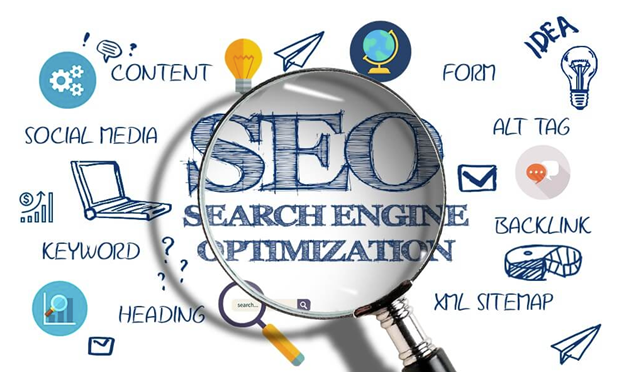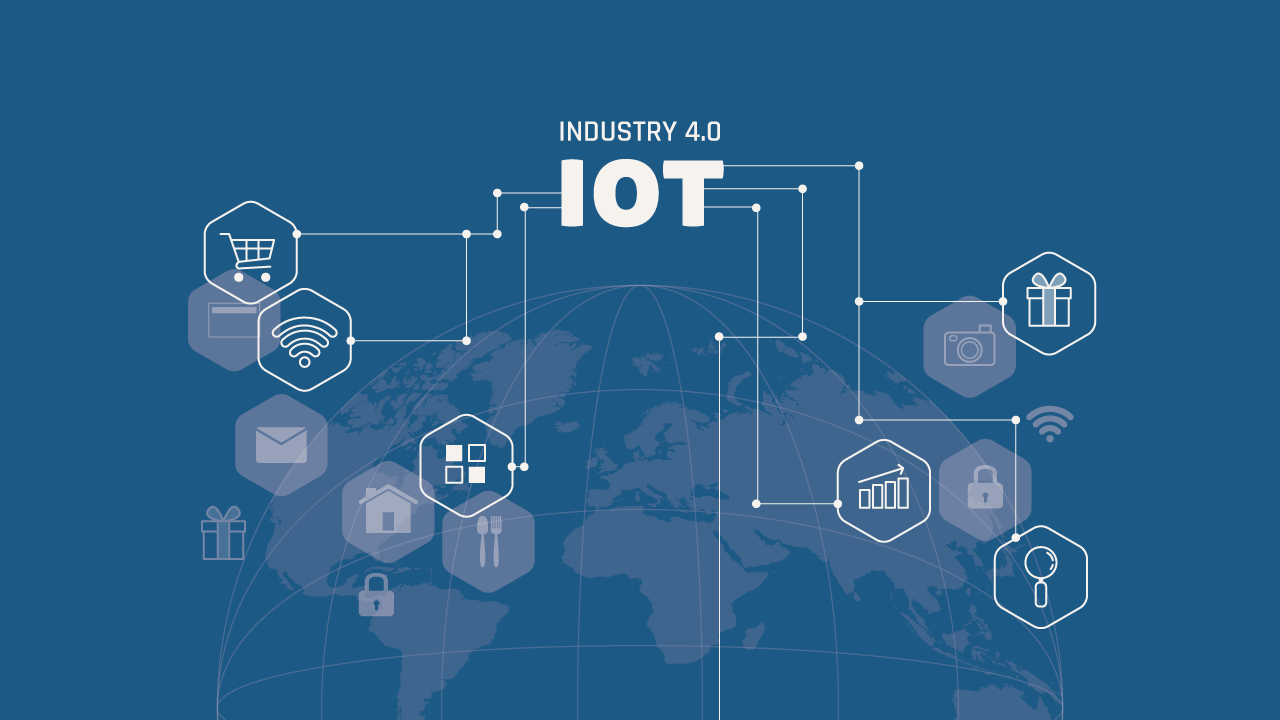One of the most important aspects of any business is claims management. This is especially true if your organization deals with many vendors, clients, and/or suppliers. And it’s even more critical if you’re still getting your business off the ground. The key to successfully managing your claims will be choosing the right software for your needs.
That’s why we’ve put together this guide. It will help you understand what features are available in today’s claim software and how those features can help boost your bottom line.
Table of Contents
Understanding Your Claims Management Needs
The first step to choosing the right software for your claims management is to define the problem. What are you trying to achieve? Do you want to reduce costs, increase revenue, or both?
Once you have defined your goals, it’s time to start thinking about how much time and money it will take. It’s important to be ambitious and realistic with these goals. Setting unrealistic expectations could hurt morale across the entire company if you set yourself up for failure.
Likewise, unrealistic expectations can also lead to poor claims experiences. According to Accenture, such poor claims experiences can result in up to $170 billion of insurance premiums within the coming five years. Moreover, process faults in underwriting can cost the industry another $160 billion simultaneously. Thus, understanding claims and applying proper processes holds a lot of importance.
Key Factors to Consider
When you’re looking for claims management software, there are some key features that you should look for. There are numerous options available. According to IBISWorld, the insurance claims processing software industry has been expanding at a CAGR of 2.3%. Currently, it is somewhere around $12.0 billion in 2023.
This shows that there will be hundreds of different options available. However, not all claims software programs will be equal. Therefore, you must consider some factors that will help address your specific requirements.
Here are some factors you should consider when looking for claims software programs.
Budget Considerations
The first step to choosing the right software for your business is determining how much money you must spend on it. This can be a tricky task, as many factors influence how much money is available for this purchase and other expenses in general. The best way to get started with this process is by making sure that all costs are accounted for:
- How much money do you have?
- What projects could use some extra funding?
- Do you have any funds left over from previous purchases or other sources of income?
Once these questions have been answered, it’s time to consider the appropriate budget type. Also, decide if there should be any restrictions on what kinds of products could be purchased within said budget range.
Workflow Automation
Automation can save you a lot of time and other resources. According to VCA Software, automation can reduce claims management costs by around 30%. This is achieved by decreasing the claims cycle, workforce, human errors, etc. Therefore, many companies look for software solutions that remove manual processes. What they prefer is configuration tools that let them automate workflows with low-code or no-code engines.
Here are several reasons why it’s a pivotal factor to consider:
- Consistency and compliance: Automation ensures that every claim goes through the same standardized process, reducing variations and ensuring consistency. Automated workflows can include compliance checks, helping organizations adhere to industry regulations and internal policies.
- Reduced errors: Automation reduces the chances of mistakes during manual data entry or processing, leading to more accurate claims management.
- Task assignment and collaboration: Workflows can automatically assign tasks to the right individuals or departments, ensuring that the appropriate party handles them. Automation facilitates better collaboration among team members by providing a centralized communication and task management platform.
- Real-time monitoring and reporting: Automated systems offer real-time visibility into the claims process, allowing managers to monitor progress, identify bottlenecks, and take corrective actions promptly. Automated reporting features can generate detailed insights into the claims lifecycle, helping organizations make data-driven decisions.
- Customer experience: With automated workflows, claims can be processed faster, leading to faster resolutions and improved customer satisfaction. Automation can trigger automated communications, keeping claimants informed about the status of their claims throughout the process.
- Integration with other systems: Claims management software with workflow automation capabilities can often integrate with other systems. This often creates a seamless and interconnected environment.
User-Friendly Interface and Training
One of the most important aspects of choosing claims management software is its easy use. If your employees don’t understand how to use the software, they won’t be able to do their jobs effectively and efficiently. Training should be straightforward so employees can easily understand what they need to do with the system. It should also show them how it works within their existing workflow processes.
Training should also be available in multiple formats and languages. For example, many prefer learning through text, while others prefer video lessons. Still, others may like listening while driving or doing household chores. Therefore, it is necessary to have multiple formats and language options.
Security and Compliance
Security and compliance are two of the most important factors in choosing claims management software. To ensure that you’re complying with regulations, it is necessary to have a secure system. The right software will protect your data from hackers and other threats while ensuring all information is stored securely by current laws and regulations.
Because compliance with regulations is so critical, there are several things you can do to ensure that your company adheres to them:
- Ensure employees receive training in data security practices. It will help them understand how important it is for staff to follow best practices when accessing information online or transferring files. It is very crucial to arrange security awareness training for your employees in today’s high-risk environment. It will help reduce human errors, one of the significant causes of security breaches. A recent survey shows that 82% of data breaches involve human error.
- Have regular audits done by an outside firm that specializes in helping businesses ensure compliance with various industry standards, such as:
- HIPAA
- PCI DSS
- GLBA, etc.
- Keep up-to-date records documenting where every piece of sensitive data lives within the systems used by each employee. This includes hard copies printed from computers and digital copies stored remotely on the cloud.
Vendor Reputation and Support
When looking for a software vendor, it’s essential to consider the company’s reputation. A company with a good reputation is likely to provide better customer service, training, and support than one that doesn’t.
Look for a vendor with an established track record in claims management software solutions and strong support from industry experts. Look also for an organization that offers in-person and online training opportunities and other resources like communities.
Conclusion
Choosing the right claims management software is a strategic investment that can significantly contribute to the overall success of an organization. You can streamline your claims processes by considering key factors like those mentioned in this article. As the business landscape evolves, having the right technology in place is not just a competitive advantage but a necessity for sustained growth.















